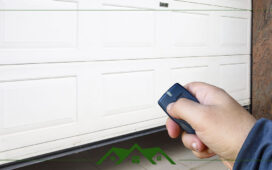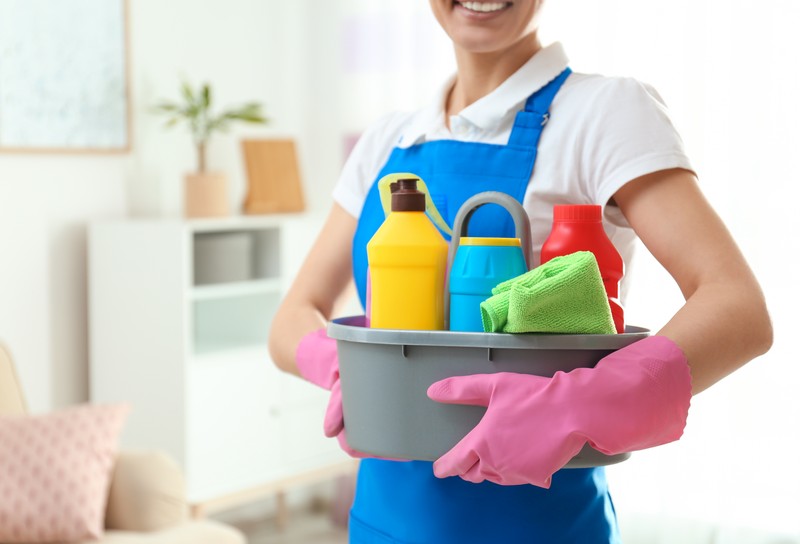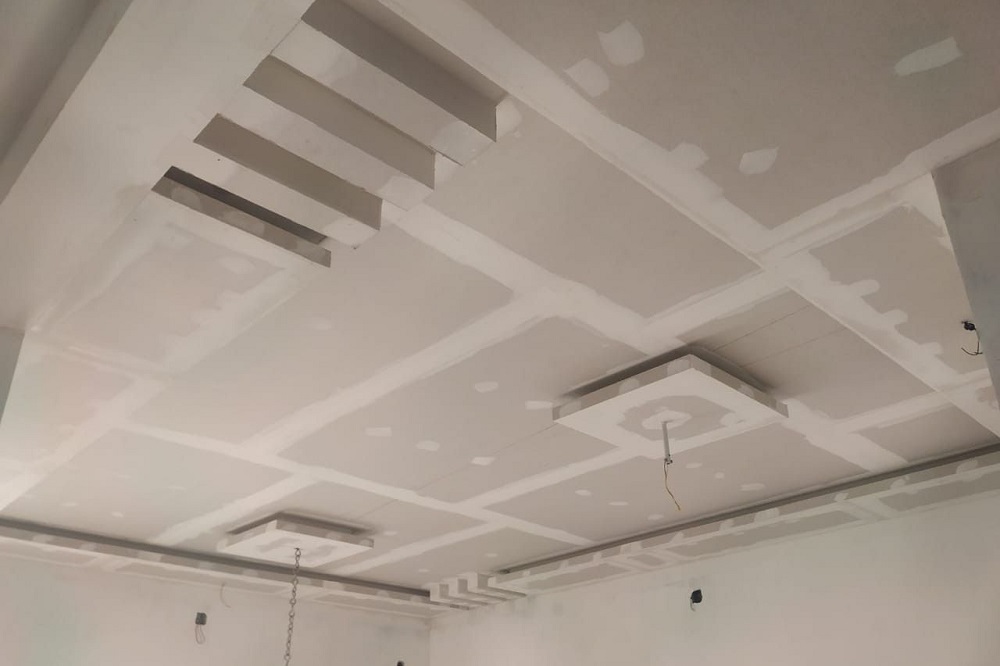Even low maintenance siding installation (such as vinyl) requires a good cleaning every one or two years, depending on whether you live in an open, dusty field or a busy road. It’s recommended to clean the exterior of your home siding using a pressure washer.
Pressure washing seems like an easy DIY project (it is), but you still need to consider a few things least you damage your home’s siding, your lawn, or worse injure yourself. This article takes an in-depth look at cleaning your siding installation with a pressure washer safely and efficiently.
What to Do Before Pressure Washing Your House
Follow the following simple things before you start cleaning:
- Use eye protection, such as safety-rated sunglasses to avoid eye injuries.
- Avoid ladders when using a pressure washer since the wand’s pushback could cause you to lose your balance and fall.
- Beware of power lines that run above ground or run across the edge of your property least you get electrocuted.
- Clear the area of toys, bikes, bushes, and other hindrances to get access to clean the bottom part of your house siding.
- Turn off the power to all your outdoor electrical outlets, especially those not fitted with waterproof covers.
- Cover all openings and vents using tape or plastic to prevent water from getting into your home’s interior.
Using a Pressure Washer
Pressure washers are relatively easy to operate and are safe for cleaning your siding. The trick to safely using one is to use lower water pressure to prevent water from getting behind your siding and causing damage to the surface. After that, slowly adjust the pressure as needed.
For a one-story home, almost any pressure washer is okay to use at low pressure. However, for a two-story house, you should consider using a gas-powered pressure washer to reach those high, hard-to-reach spots. You can use a telescoping wand tool that has a support belt or an extension wand to extend your reach from the ground.
How to Pressure Wash Your Home’s Siding Installation
-
Check the Condition of Your Home’s Exterior
Before you begin cleaning, walk around your home and inspect for any damage such as loose pieces of vinyl, cracks, or deteriorating window glazing and caulking that could let in water. Make repairs before proceeding with cleaning.
-
Water Your Garden or Lawn around Your Home’s Perimeter
Watering garden beds around your home’s edge will help dilute any harsh chemicals present in the cleaning solution you intend to use to prevent absorption by the plants.
-
Use Pressure Washer Detergent
Using a pressure washer detergent is better than using soap and water or water alone. Most machines come with an injector that mixes cleaning solutions into the jet stream. Also, only use solvents that approved for pressure washing use. Unapproved solvents may prove environmentally unfriendly or even deteriorate critical washer components.
-
Apply the Detergent Solution
Apply the detergent mixture under low pressure using smooth, overlapping strokes. Start from the bottom to prevent streaking. Never spray the detergent randomly; least you miss a spot. For a multi-story home, use a high-pressure spray kit that can spray up to 25 feet.
-
Use a Brush
If your home’s exterior is too dirty or you haven’t cleaned it for a while, use a utility or a rotating brush to help loosen thick dirt layers. A brush has a foaming effect and emits a soapy solution when cleaning.
-
Wait Between Five and 10 Minutes Before Rinsing
It’s best to wait five to ten minutes for the cleaning solution to work in and break down any stains, grime, and mildew. However, if you are washing on a sunny day, keep vigilant to prevent the solution from drying on the siding, or it won’t work well.
-
Spray Your Siding Clean
Remember that pressure washers can pack a punch, so when rinsing, start from a distance and use a low-pressure spray before working your way up. If you start spraying too strong and too close, you risk damaging the siding or spraying water into your home’s walls causing damage.
Start from the top and work down, and don’t spray directly at vents, eaves, corners, or light fixtures. Also, always keep the angle of the sprayer wand pointed down to prevent spraying up under the horizontal laps.
-
Clean and Dry Corners
Use a dry towel to clean and wipe down residue on the outer and inner corners of the siding. It helps to absorb extra moisture that collected in those sensitive areas, making them susceptible to water damage.
The Bottom Line
House siding installation made of vinyl, steel, wood, stucco, brick, or aluminum can all benefit from regular cleaning. It will increase the life and curb appeal of your home’s exterior. Additionally, pressure washing your home’s exterior is one way to prepare it for a fresh coat of paint.














